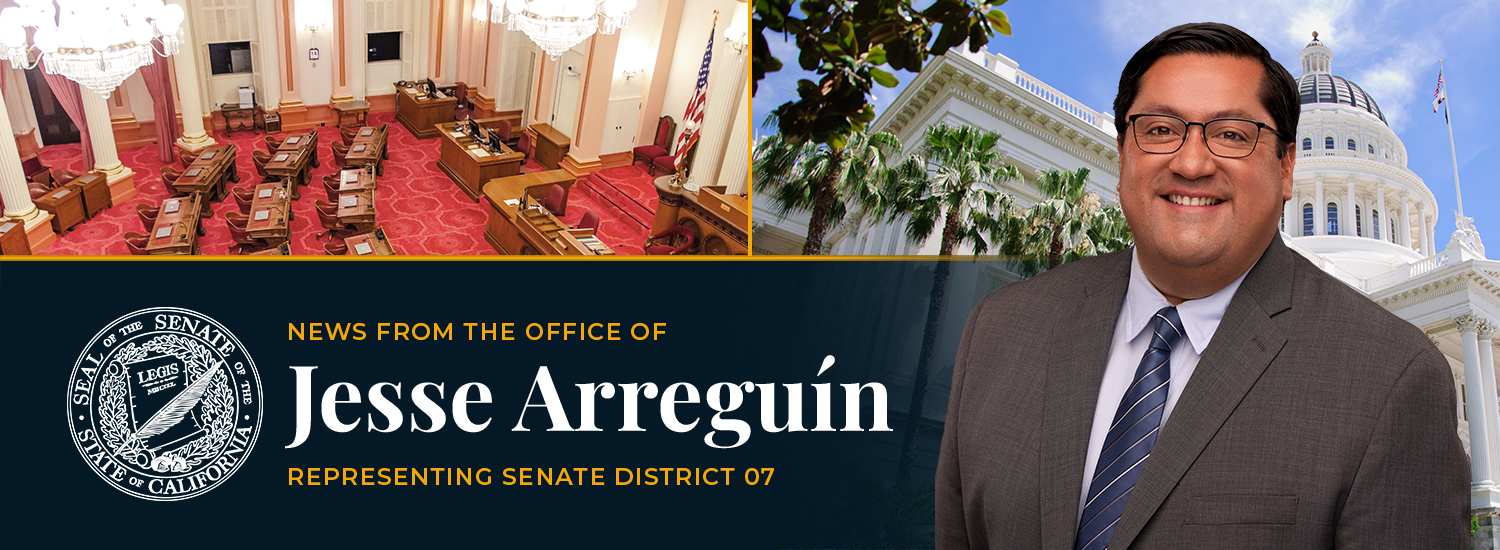
Governor Signs Bills to Clear Obstacles to ADUs & Streamline Permitting
Sacramento, CA – The Governor has signed SB 9, SB 489, and SB 786, authored by Senator Jesse Arreguín (D-Oakland). The three bills will collectively help advance housing development across the state in a more efficient manner, benefiting tenants, prospective homeowners, and construction workers.
“As someone who experienced housing insecurity growing up, I am committed to addressing housing affordability to prevent Californians from experiencing the same hardships I had to overcome,” said Senator Jesse Arreguín. “With the signing of these bills, California will be able to better plan for smart growth that will meet the housing needs of our communities.”
SB 9 will ensure that local laws regarding the construction of accessory dwelling units (ADUs) are consistent with state law, and provides a pathway to nullify illegal, local barriers to ADUs.
"California has seen ADUs grow from less than 1 percent of new construction to 20 percent of all new homes today, because state laws removed local barriers that made them functionally illegal," said California YIMBY CEO Brian Hanlon. “But many jurisdictions continue to play cute with ADU policy, and impose rules contrary to state law. SB 9 will bring that practice to an end.”
SB 489 creates improvements to the Permit Streamlining Act by requiring public agencies to post detailed information online for what an applicant needs to complete their application, making the housing approval process more efficient.
"SB 489 will reduce unnecessary delays, lower construction costs, and facilitate the development of critically needed housing for California families,” said Dan Dunmoyer, President and CEO of the California Building Industry Association. “We commend Senator Jesse Arreguín for his leadership on this measure, and for his collaboration in advancing solutions that will help ensure that California can truly achieve the goal of housing for all.”
SB 786 resolves ambiguities in state law by having a jurisdiction’s certified Housing Element supersede general or specific plans when there are conflicts or inconsistencies. It also expedites court trials to ensure quicker relief and avoid additional costs incurred by delays.
“Millions of Californians are desperate for housing options that fit their budget and are near loved ones, social networks, and jobs. That means we need to build more homes, and quickly. In recent years, our Legislature has passed several bills to address this crisis, but the reality is that we still have much progress to make,” said Attorney General Bonta. “I sponsored SB 786 because it will accelerate our progress toward a more affordable California. I’m grateful to Senator Jesse Arreguín for authoring this important piece of legislation, and to Governor Newsom for signing it into law.”
For decades, California’s housing supply has not kept up with population increases. According to the Public Policy Institute of California, between 1990 and 2024, 3.6 million housing units were added while the state’s population increased by 9.4 million. California’s population growth has stagnated as emigration has increased amidst rising housing costs. In response, the California Legislature has taken action to streamline housing developments and hold jurisdictions accountable that do not build their fair share of new homes. Under the current cycle of the Regional Housing Needs Allocation (RHNA), which lays out housing goals for local jurisdictions, California has an ambitious goal of creating 2.5 million homes between 2023 through 2031. Laws like SB 9, SB 489, and SB 786 will help California meet these goals, reducing housing insecurity for Californians facing costly housing burdens.